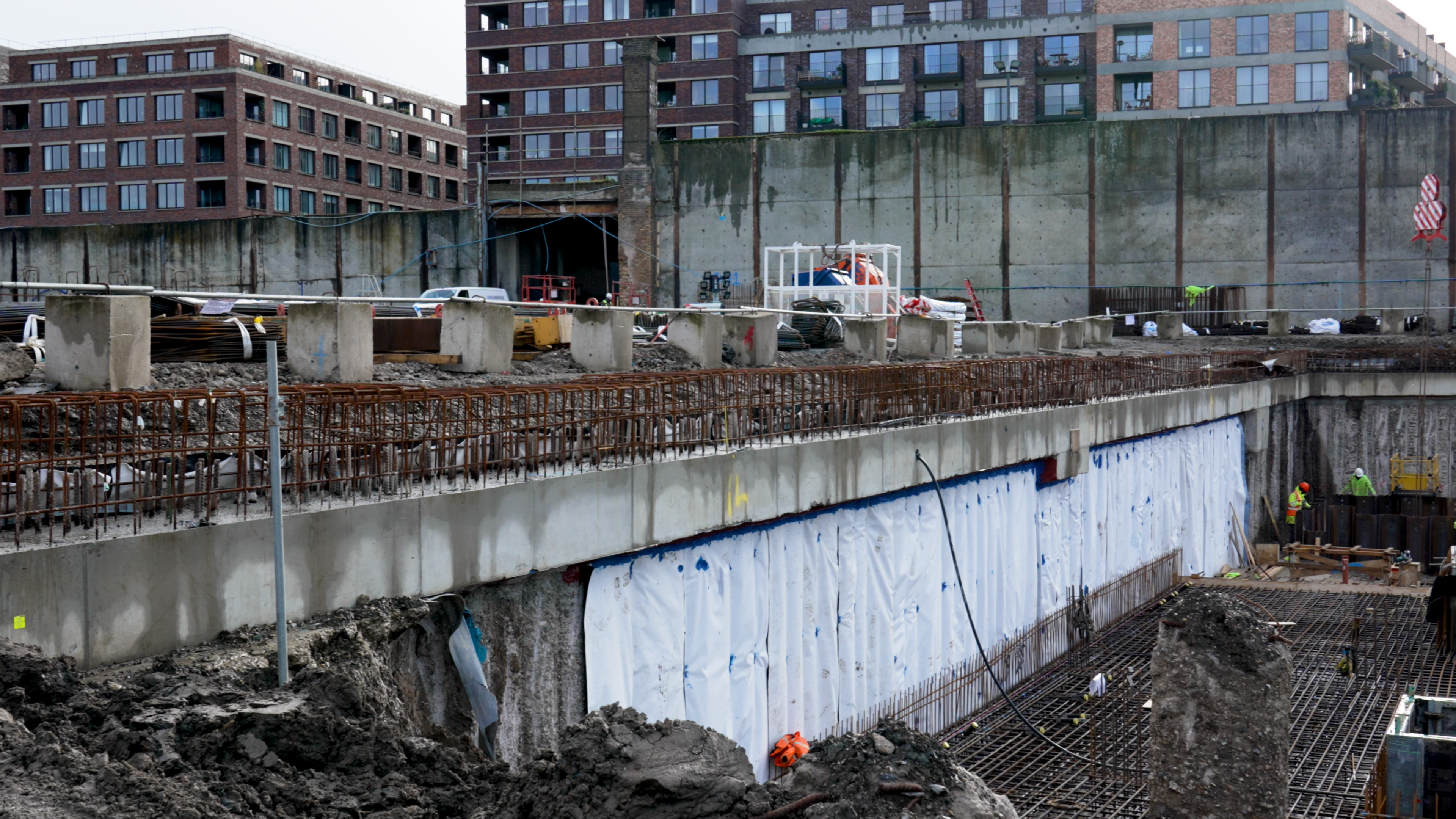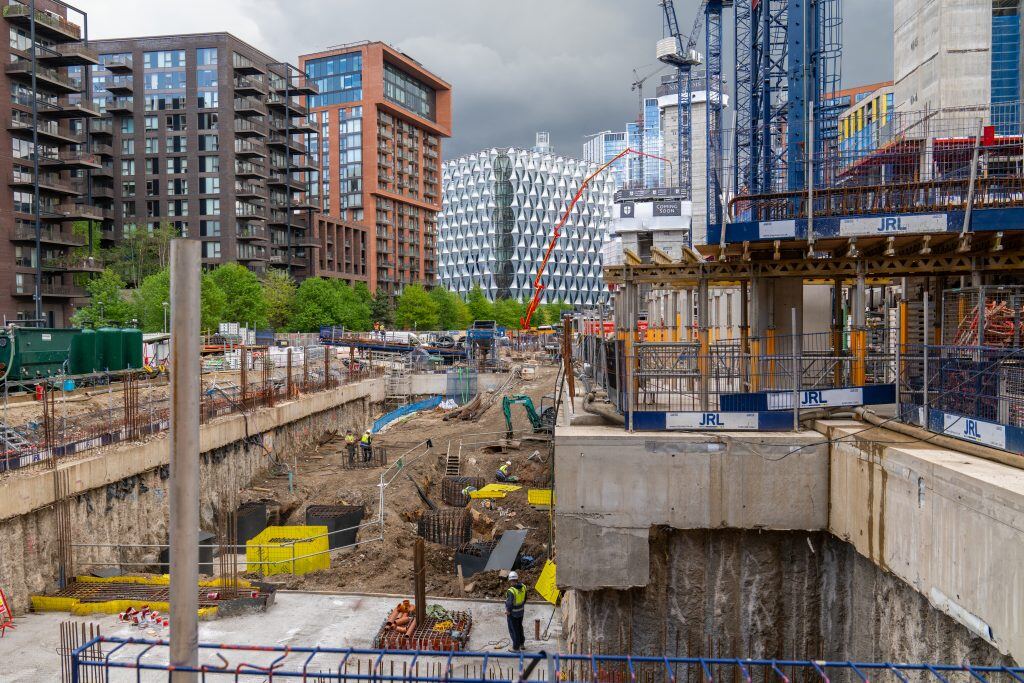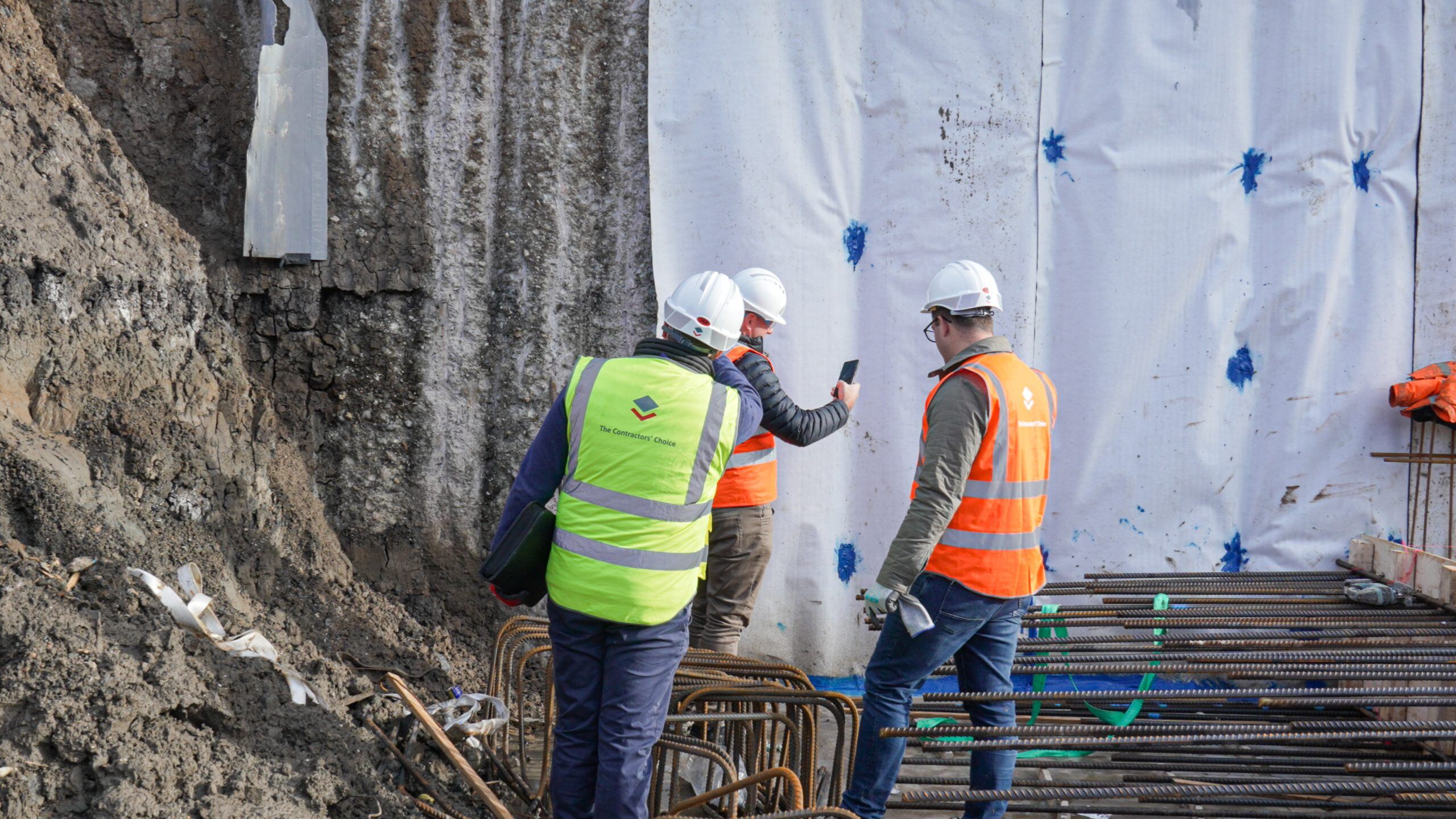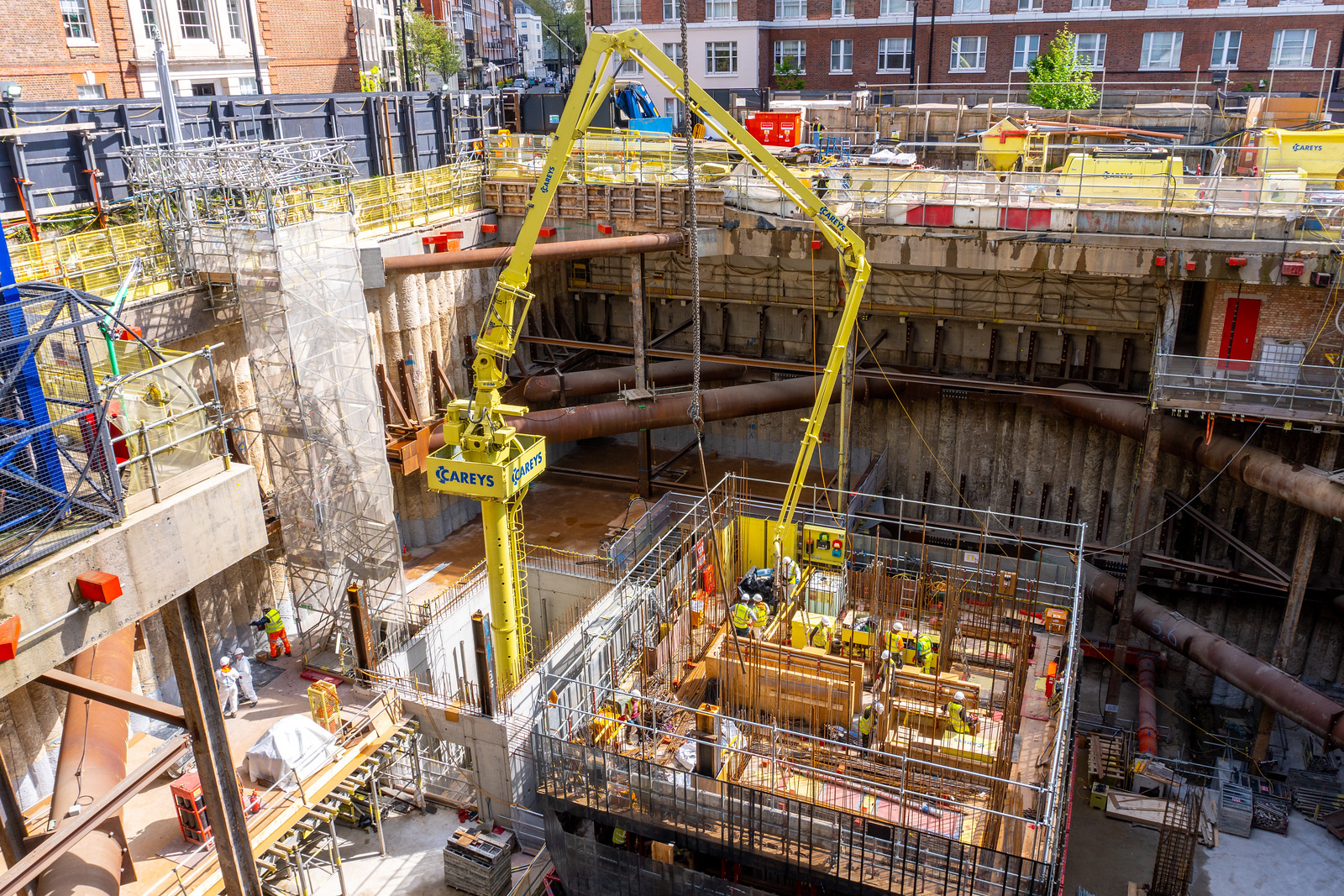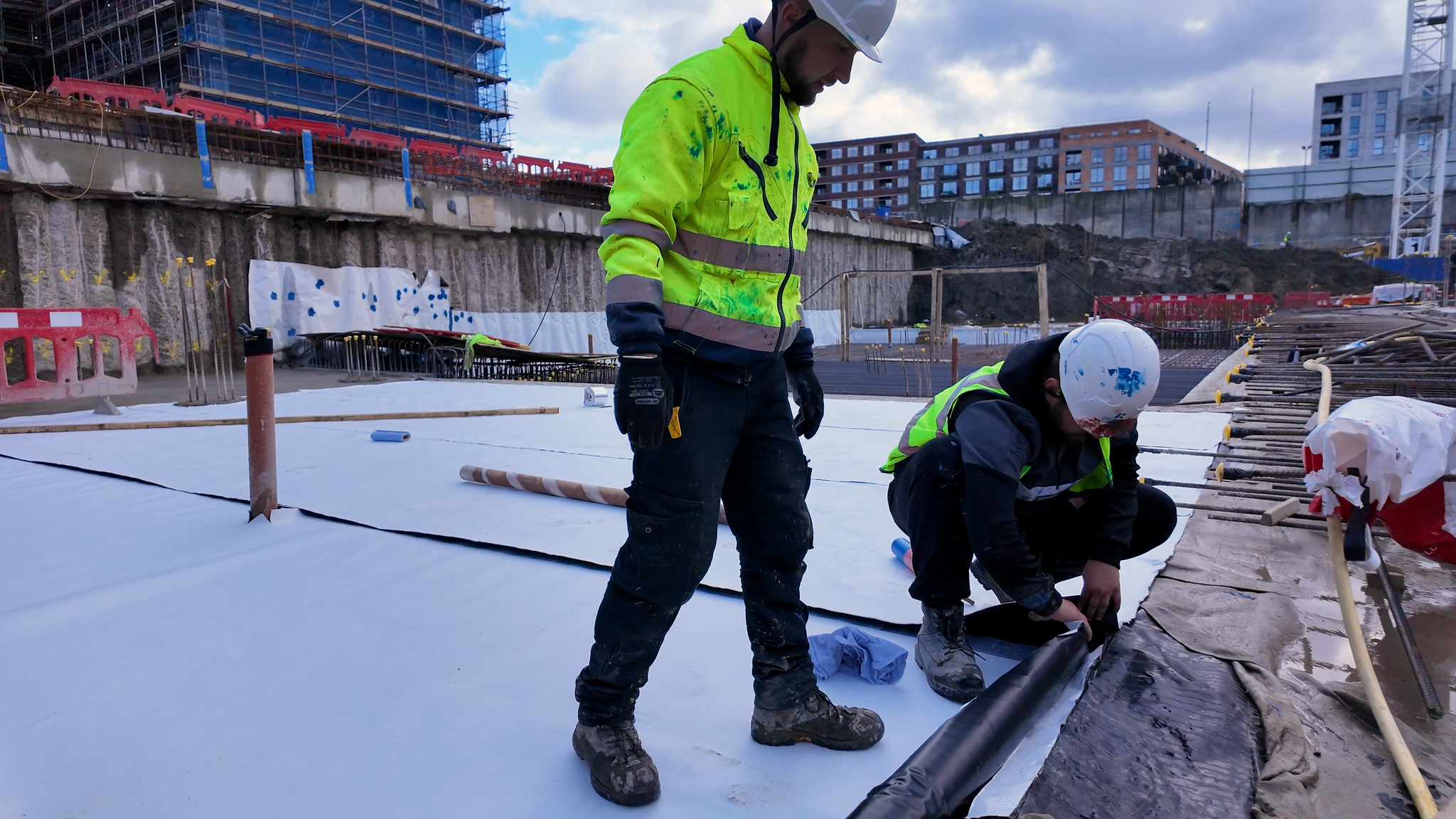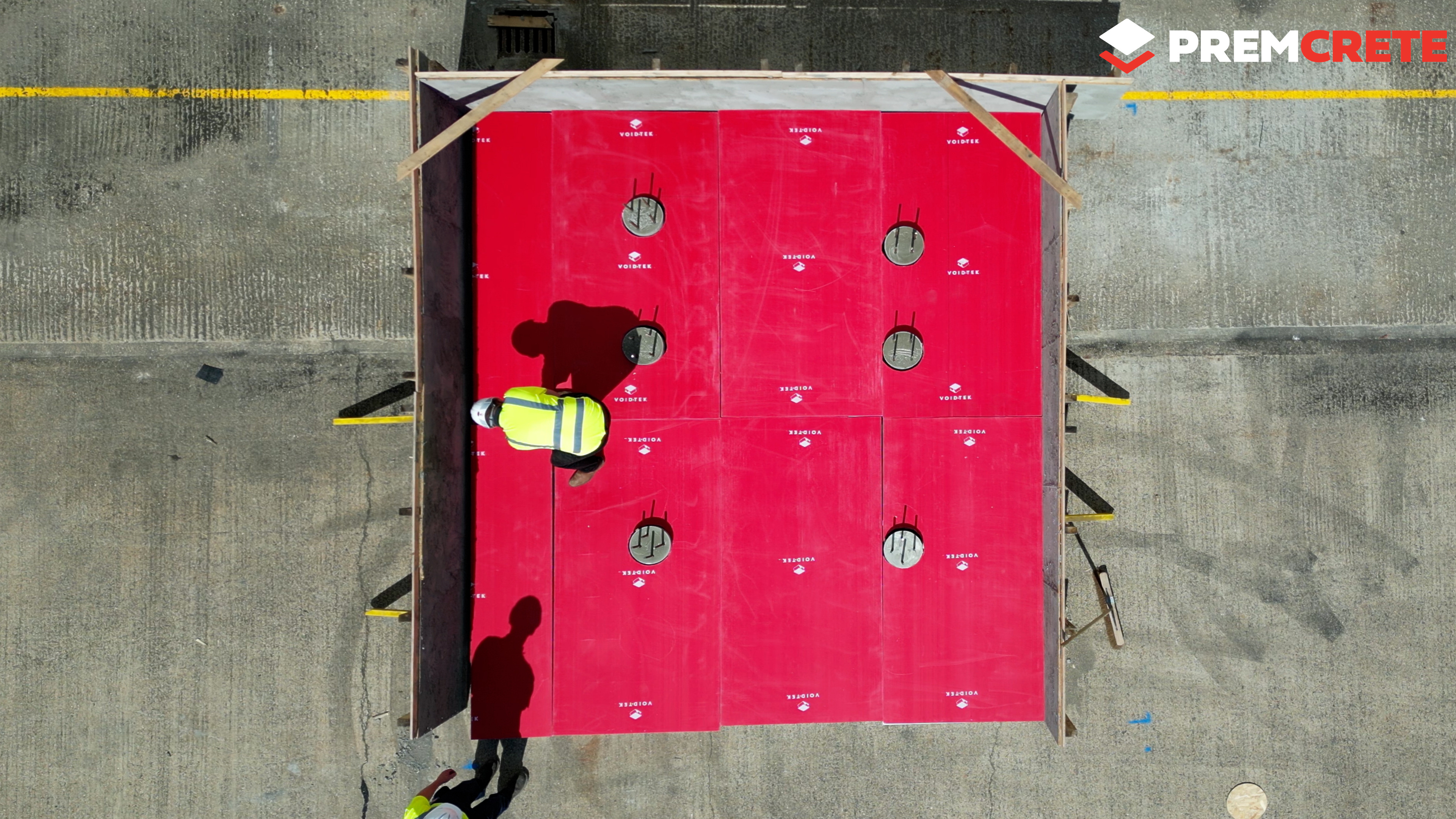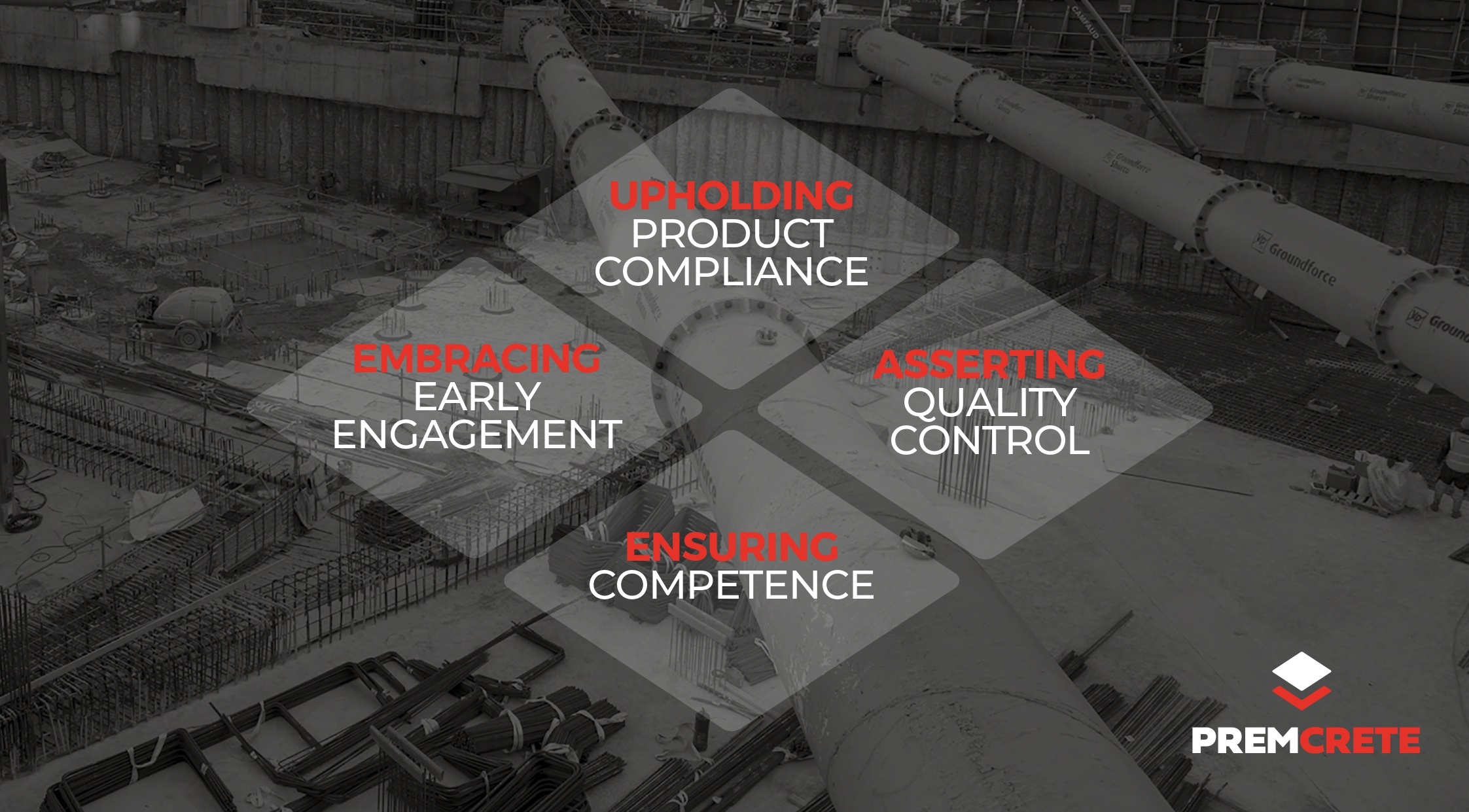
With the UK population experiencing rapid growth, and Cities becoming ever denser, it is inevitable that more and more sites previously thought to be unsuitable will be built upon. Brownfield sites that are contaminated, old landfill sites and new green belts will be used and considered. This calls for innovation and new construction methods which must, of course, be executed to the correct standards.
One common issue with the complex sites which would have previously been considered nonviable is the gases in the ground. Sometimes these gases are from natural causes; for example, Radon can be found everywhere. It is a result of the natural breakdown of uranium found in soil strata. With brownfield or landfill sites, methane and VOCs are more commonly found. Inner city sites may be contaminated by previous activities on the site. For example, fuels or other chemicals that have entered the soil over a sustained period will render the site as requiring gas protection. Premcrete provides a RIBA-approved CPD which provides an in-depth look at the need for gas protection.


British Standards
Gas protection is designed in accordance with BS8485:2015. This British Standard provides a very defined pathway for designers to follow in order for the correct design to be achieved. BS8485:2015 also sets out the requirements for independent verification in order for an independent body to inspect and verify the gas protection membrane.
Structural Waterproofing should always be designed in accordance with BS8102:2009 and it recommends the use of suitably qualified designers. The NHBC published the new version of Chapter 5.4 “ Waterproofing of basements and underground structures in January 2017. In this new publication, the NHBC insist on the use of CSSW qualified designer to be enlisted as early as possible in the design process in order for the waterproofing protection to be correctly designed.
Whilst structural waterproofing and gas protection are fundamentally two different functions governed by two different British standards, it is of utmost importance to understand that the British Standard for gas protection recognises that structural waterproofing protection will go some way in providing gas protection points.
“Structural waterproofing and gas protection are closely linked and will require a CSSW qualified designer”

How This Works
A CSSW-qualified designer will start by taking information from the soil investigation report which will provide the necessary details to determine the correct protection required. The same is true for a designer who is constructing a gas protection design. The designer will need to be competent to interpret the soil investigation report, in order to understand the type and amount of gas protection which will be required.
BS8485:2015 calls for a certain number of gas protection points according to the building type and the classification of the site. Structural slabs and walls which are designed as waterproof in accordance with BS8102:2009 will score up to 2.5 points for gas protection.
BS8485:2015 calls for a gas protection design to be constructed using three elements; a membrane, the structure itself and a form of ventilation situated externally to the structure, to prevent gas buildup.
In Conclusion
It can be concluded that structural waterproofing and gas protection are closely linked and will indeed require a CSSW-qualified designer to first design the structural waterproofing element in order to advise on and design gas protection which achieves the correct number of points required in accordance with BS8485:2015.
If you are currently involved in a construction project and would like advice as to the viability of the scheme and how to waterproof and design the correct gas protection for your structure, please visit us at www.premcrete.com or call us on 02380 2761666. Alternatively, you can send us an email at projects@premcrete.com.



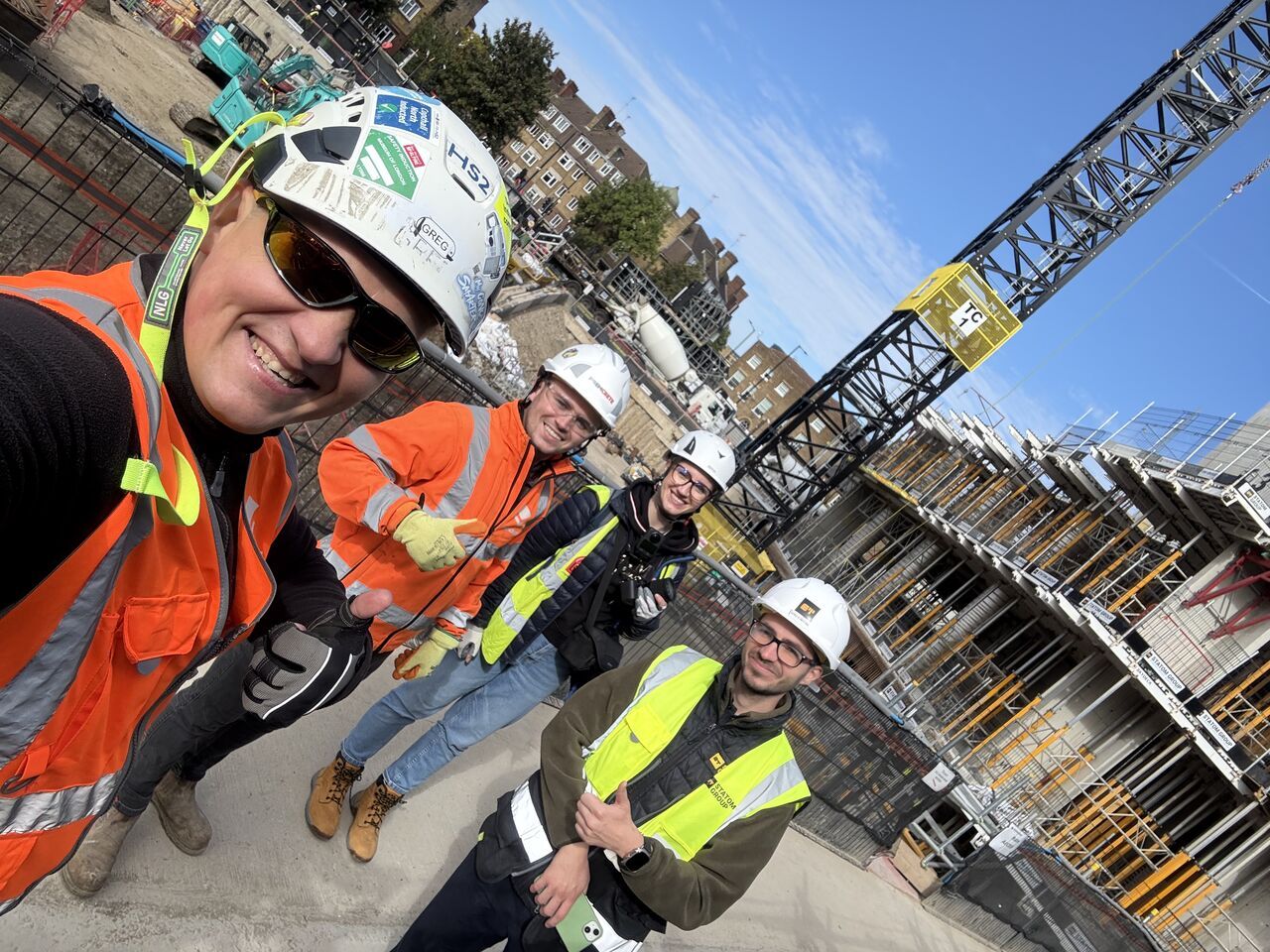


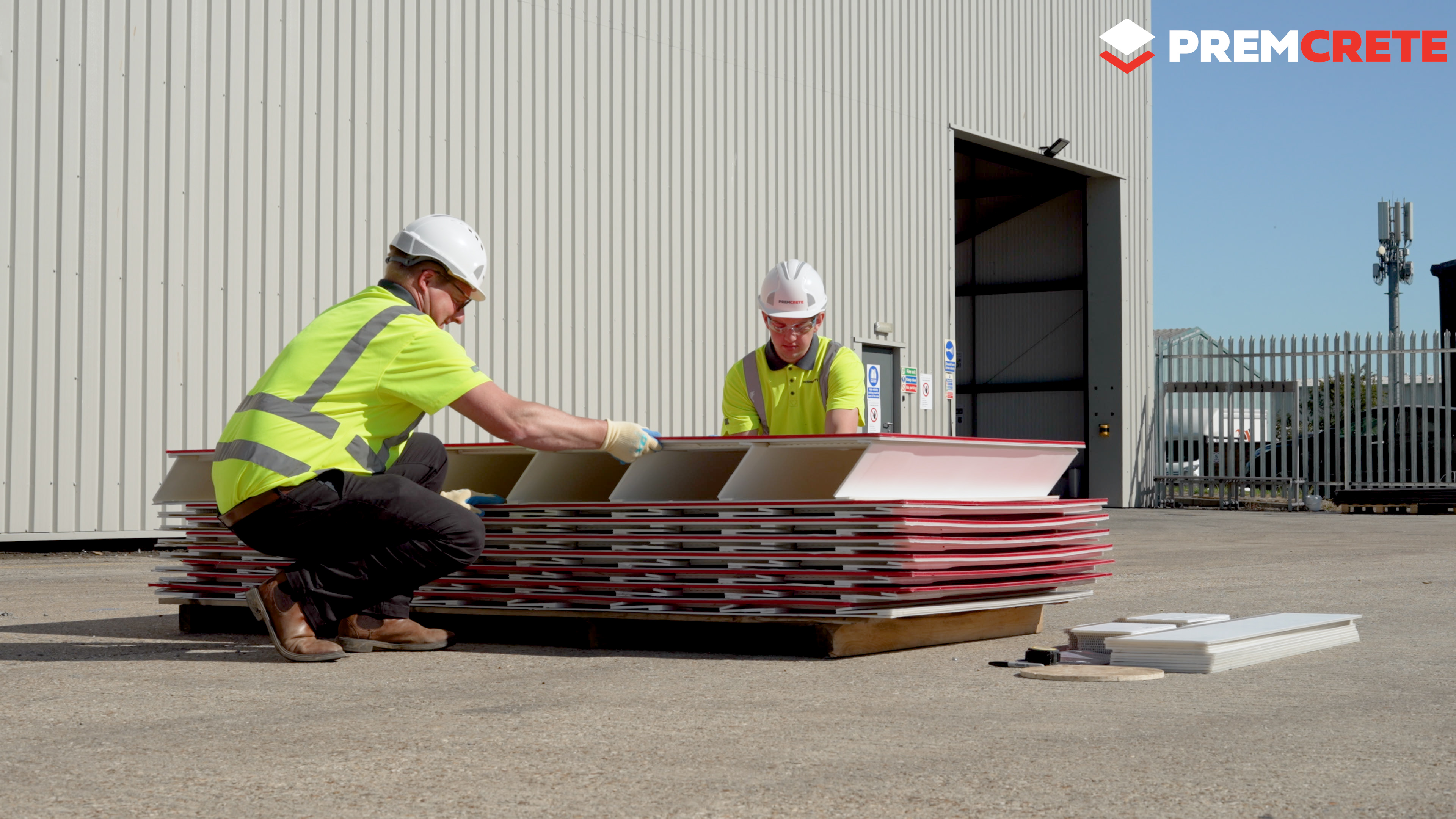

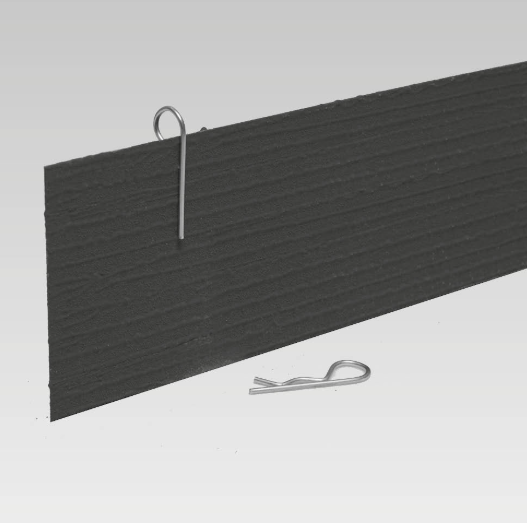
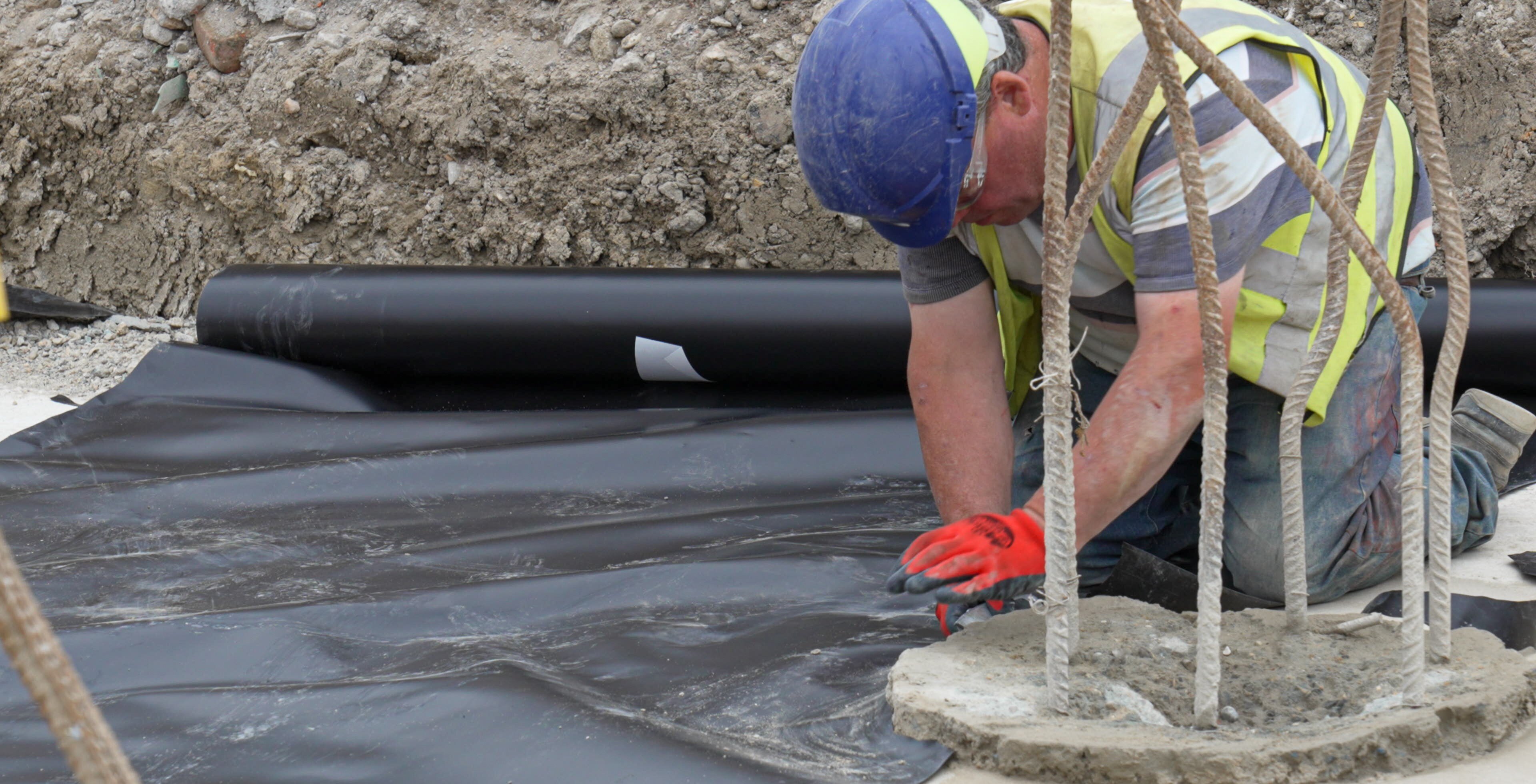
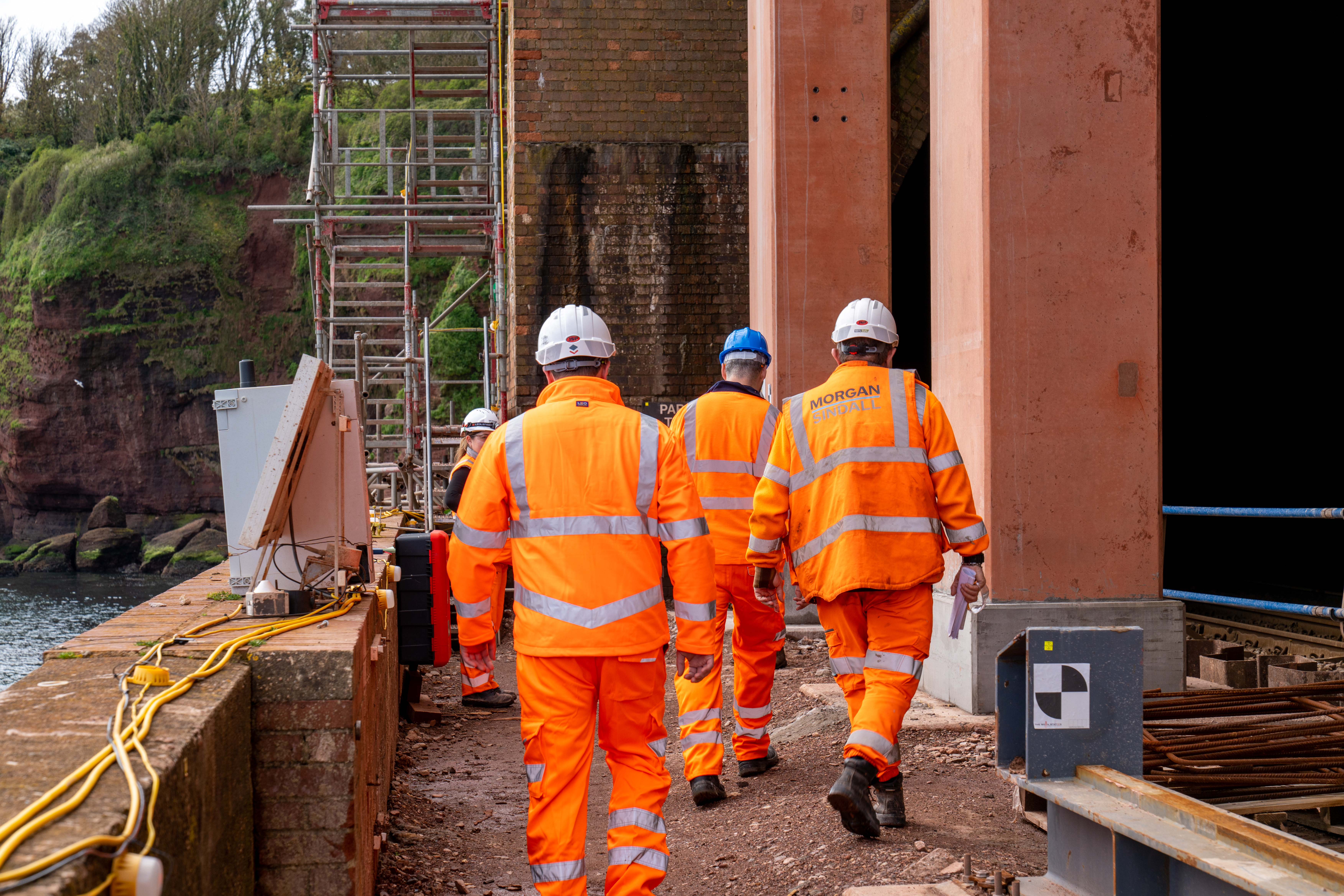

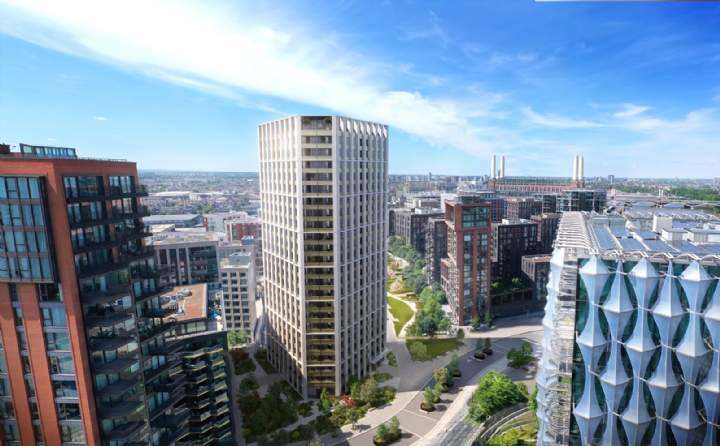

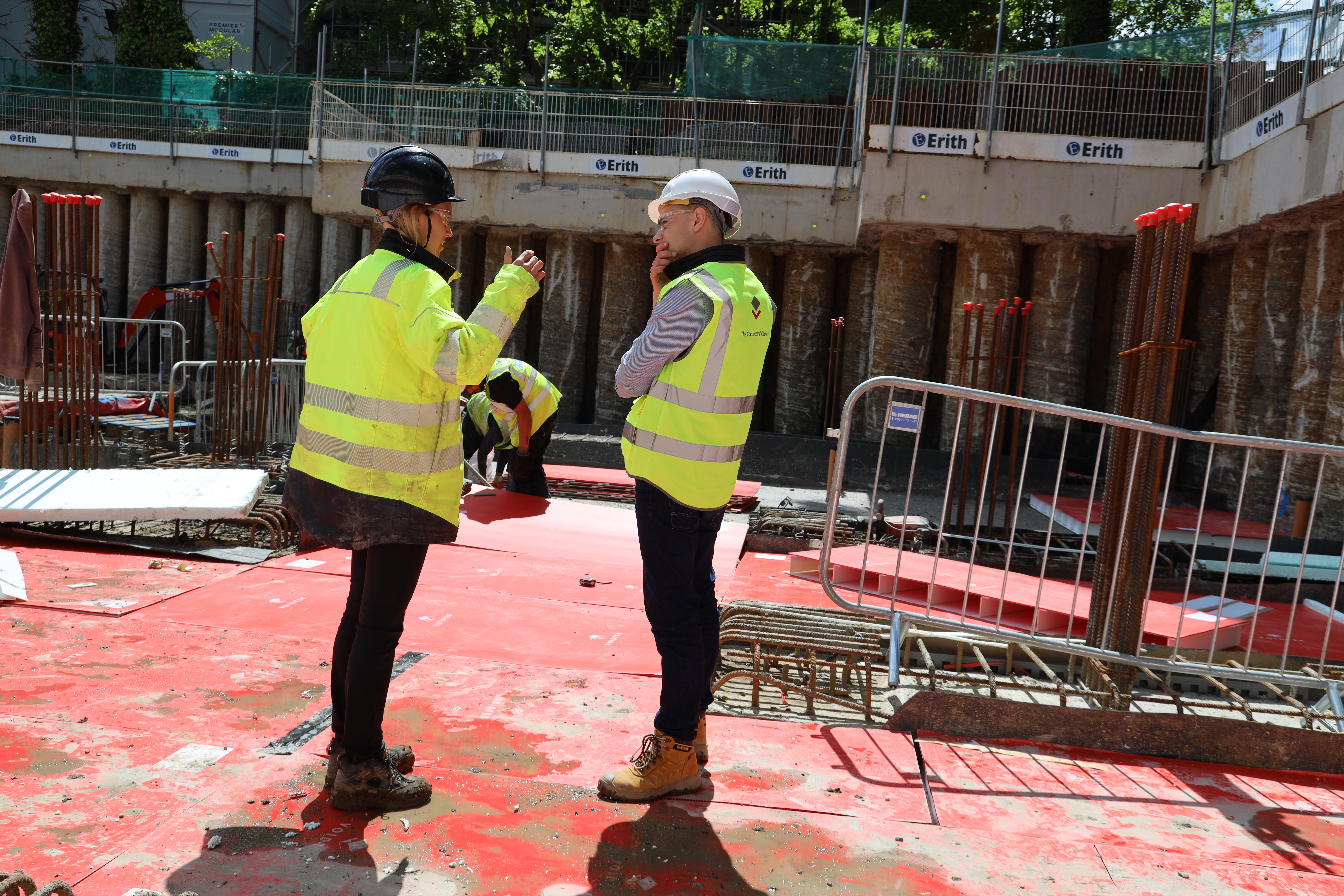
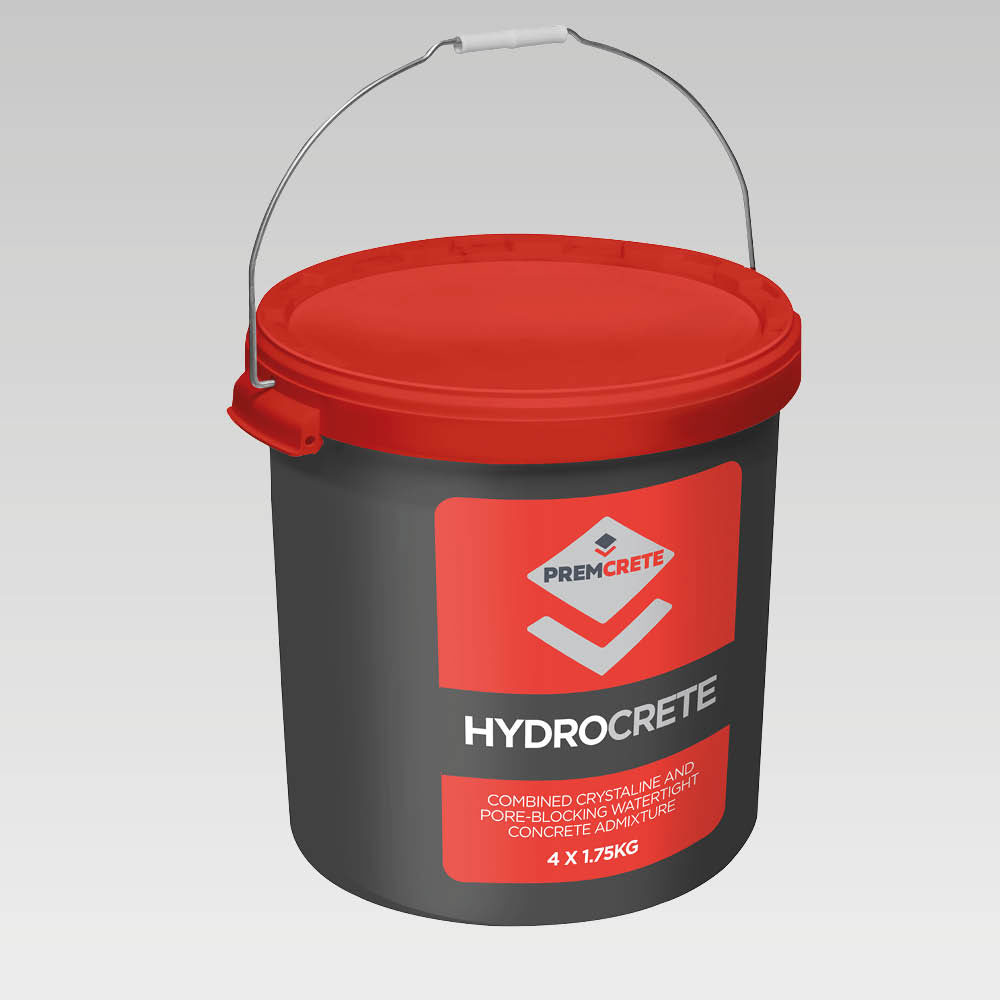
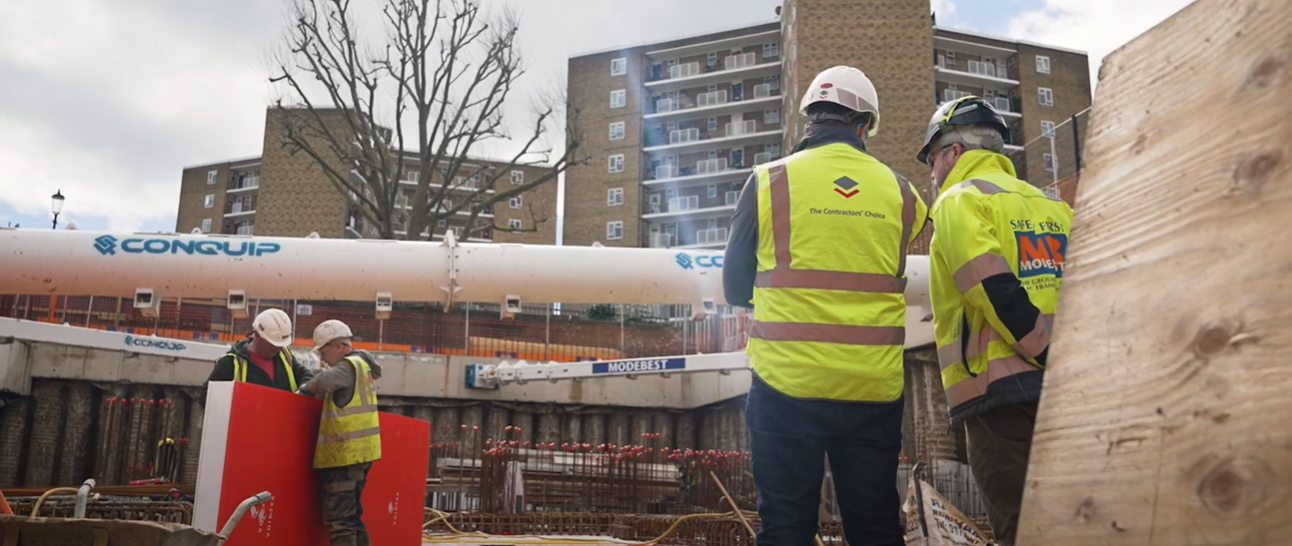
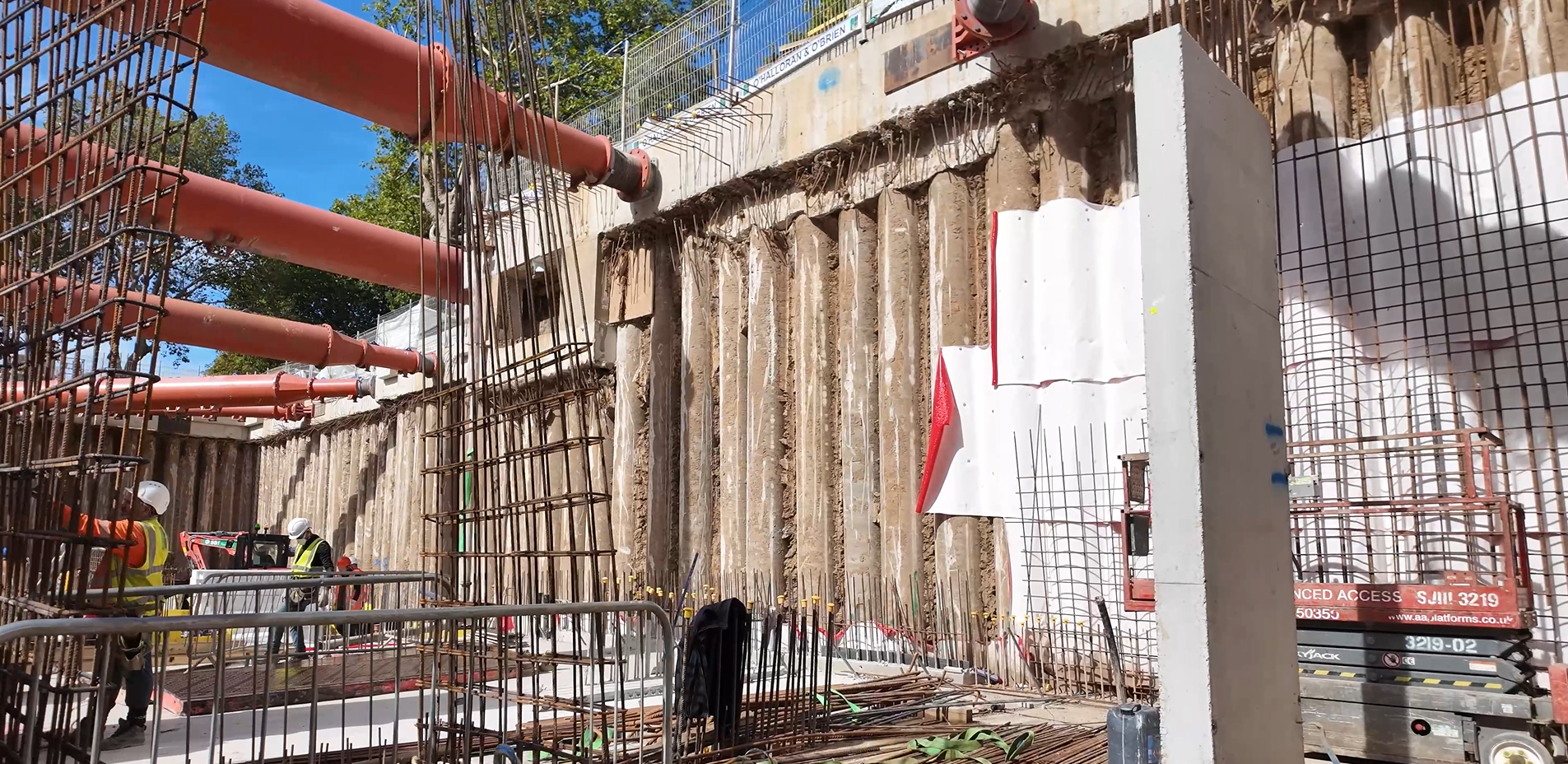
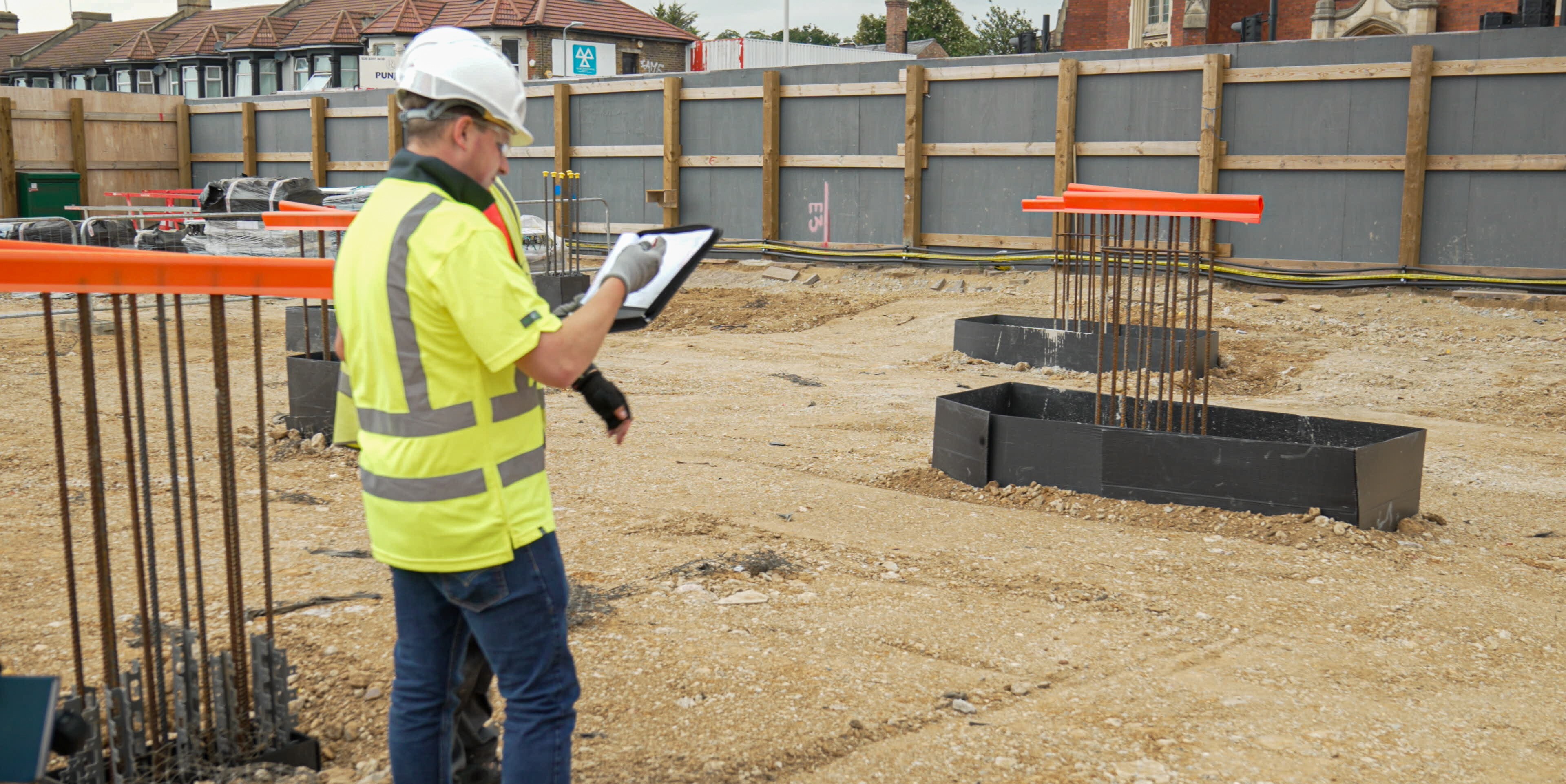
-1.jpg)
